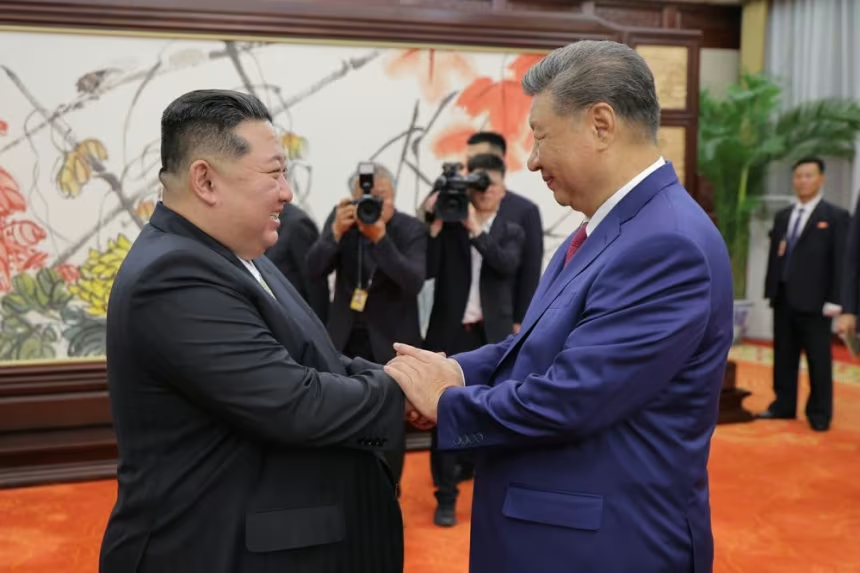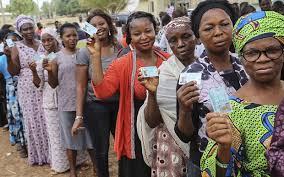China and North Korea showcased a powerful display of unity this week as President Xi Jinping and North Korean leader Kim Jong Un met in Beijing for the first time since 2019. The meeting followed a massive military parade marking the 80th anniversary of the end of World War II, where Xi, Kim, and Russia’s Vladimir Putin stood side by side, presenting a striking image of solidarity against growing Western pressure.
The parade highlighted China’s latest military advancements, from hypersonic missiles to new-generation fighter jets, sending a clear message of strength at a time of heightened geopolitical rivalry. Kim’s attendance placed him prominently on the international stage, underscoring Pyongyang’s alignment with Beijing and Moscow in their pushback against Western influence.
During their talks, Xi emphasized the “unbreakable friendship” between China and North Korea and called for closer coordination on regional and international issues. Kim responded by pledging support for China’s sovereignty and development goals, reaffirming that North Korea would stand with Beijing in protecting its strategic interests.
Analysts view the encounter as more than ceremonial. With China facing trade tensions and strategic rivalry with the United States, and North Korea seeking economic and security guarantees, the renewed partnership signals a recalibration of regional power balances. The meeting also raises questions for neighboring countries and U.S. allies in Asia, who must now navigate a tighter Beijing–Pyongyang axis.
The Xi–Kim reunion demonstrates that, despite years of limited interaction, China and North Korea remain bound by strategic necessity. Their alignment, reinforced on Beijing’s grandest stage, is a reminder that the shifting global order is being redrawn not just in Washington and Brussels—but also in Beijing and Pyongyang.







